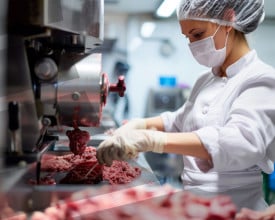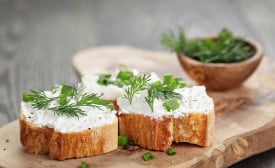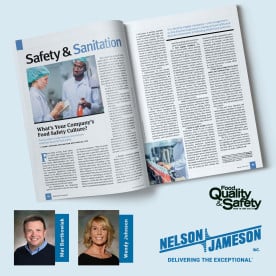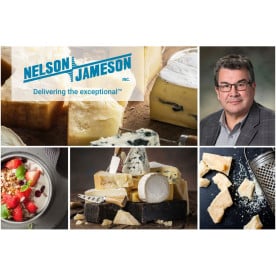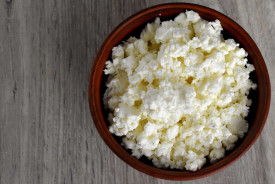 It might sound peculiar to draw a line of comparison between the food industry and the fashion industry, but the fact is they both follow trends. This isn’t a huge secret. What is always of interest to food industry players in this process is to follow the changing palate of the American public, and to see which of these “trends” become new standards in American tastes. One trend (and really one amorphous term) is: “artisan.” The word has been used a lot in the past few years in the food industry. Artisan breads, artisan candies, artisan cheese, and even for our four-legged friends...artisan dog food, are all products, among many others, offered in the market today. What does all of this mean?
It might sound peculiar to draw a line of comparison between the food industry and the fashion industry, but the fact is they both follow trends. This isn’t a huge secret. What is always of interest to food industry players in this process is to follow the changing palate of the American public, and to see which of these “trends” become new standards in American tastes. One trend (and really one amorphous term) is: “artisan.” The word has been used a lot in the past few years in the food industry. Artisan breads, artisan candies, artisan cheese, and even for our four-legged friends...artisan dog food, are all products, among many others, offered in the market today. What does all of this mean?
Defining “Artisan” is sort of like defining “Art.” In a recent report in Cheese Market News, for instance, concern was voiced that as “more companies label a wider range of products 'artisan,'” there is some “worry that the significance of the term has been diminished.” Part of the problem, according to the article is that, “When it comes to drafting hard and fast standards for what constitutes artisan products or restricting the term’s use, though, opinions across the industry vary.”
Case in point, an article in the Phoenix New Times reported that local perspectives amongst vendors in the Phoenix area varied greatly. One respondent defined “artisan” in the following way: “A food stops being artisan when the concern for profit supersedes the love of what pure, honest, natural ingredients offer. Making a decent living at artisanal food is possible, but it cannot follow the 'logic' of traditional business.” Another individual saw it more in the following light, "Food stops being artisan when it is mass-produced and more machines are creating the food than actual skilled hands," They continue, "Food loses its soul when this happens — and you can always taste that disconnect."
For the food industry and for the consumer, “artisan” can carry a great deal of meaning or can be an empty term. As the food industry continues to follow the trend, the term continues to amass numerous definitions, linked by an overarching interest in craft and perhaps a search for authenticity. What standardization, if any, might occur is not yet apparent, or as one interviewee stated, "It could be that ‘artisan’ is a term that is hot now, but there will be other words or terms that come along for dairies to describe themselves." Until some common ground is reached, the art of defining "artisan" will continue to develop and exist in many forms.

